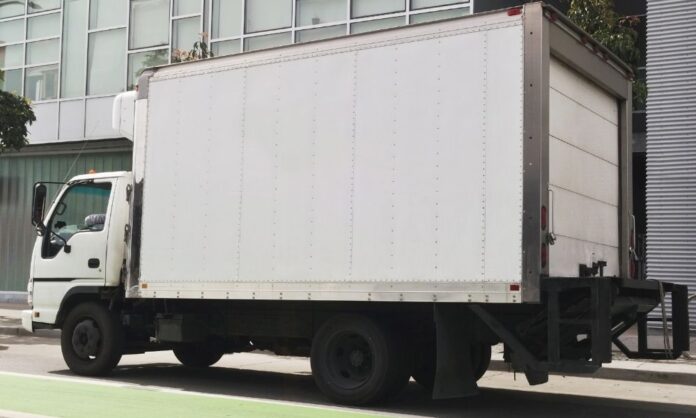As a business owner in the food industry, you understand the importance of having a dependable and reliable means of transportation for your perishable goods. A refrigerated truck is a perfect solution for keeping your food items fresh and free from spoilage during transport. But with so many different makes and models of refrigerated trucks on the market, how do you know which one is right for your business? The answer is simple: knowing what qualities to look for when purchasing a refrigerated truck. This article will discuss some of the key qualities that you should look for to ensure that you purchase the best-refrigerated truck for your business needs. You can also see American Freight Inc for the best refrigerated transportation solutions.
1. The Temperature
This is arguably the most important quality to look for when purchasing a refrigerated truck. After all, what’s the point of having a refrigerated truck if it can’t keep your goods at a consistent temperature? When testing the temperature of the truck, be sure to put a thermometer in both the freezer and fridge compartments (if applicable) and check that the temperatures are where they’re supposed to be. Most refrigerated trucks should be able to maintain a temperature between 0-10 degrees Fahrenheit in the freezer compartment and 33-40 degrees Fahrenheit in the fridge compartment.
If you live in an area with extreme heat, it’s worth considering a truck with two cooling units (one for the freezer and one for the fridge), as this will help ensure that your goods stay at the correct temperature no matter how hot it gets outside.
2. The Size
When it comes to refrigerated trucks, size definitely matters. You need to make sure that the truck you’re considering is big enough to accommodate all of the goods you need to transport. However, it’s also important to remember that you don’t want a truck that’s too big as this will make it more difficult to maneuver and could end up costing you more in fuel. So how do you calculate the perfect size?
The first step is to take inventory of all the goods you need to transport on a regular basis. Then, you’ll want to add an additional 10-15% to accommodate for any unexpected items or increased volume. For example, if you regularly need to transport 2,000 boxes of goods, you’ll want to look for a truck that can hold at least 2,200 boxes.
3. The Age and Condition
Although new trucks will obviously be in better condition than older trucks, that doesn’t necessarily mean they’re the best option. Newer trucks tend to be more expensive and may come with features that you don’t necessarily need (which could also end up costing you more money in the long run). Older trucks may not have all the bells and whistles of a newer model, but they can still be just as effective (if not more so) at transporting goods. Plus, you can often find older trucks for a fraction of the price of a new one. However, there are some things you’ll want to watch out for when considering an older truck, such as:
– Rust: This is a major problem with older trucks as it can weaken the structure of the truck and make it more difficult to keep goods at the correct temperature. If you’re considering an older truck, be sure to inspect it for rust (inside and out) and have a professional assess whether or not it’s safe to use.
– Maintenance: Older trucks will likely require more maintenance than newer ones, so you’ll need to factor that into your budget. Be sure to get an estimate of how much it will cost to maintain the truck before making your purchase.
– Parts: Older trucks may be more difficult to find parts for, so you’ll want to make sure that you can get your hands on the parts you need before making your purchase.
4. The Fuel Efficiency
While all trucks are going to use some fuel, you’ll want to look for a truck that’s as fuel-efficient as possible to save money in the long run. There are a few things you can do to assess a truck’s fuel efficiency, such as:
– Checking the EPA ratings: The US Environmental Protection Agency (EPA) provides estimates of how much fuel a vehicle will use under normal driving conditions. These ratings can be found on the EPA’s website or on the window sticker of the truck.
– Doing a test drive: If you have the opportunity, take the truck for a spin to see how it handles and how much fuel it uses. You can also ask the dealer or owner for records of previous fill-ups to get an idea of the truck’s fuel efficiency.
5. Price
Of course, you’ll also need to consider the price of the truck before making your purchase. Trucks can range in price from a few thousand dollars to over $100,000, so it’s important to set a budget and stick to it. Be sure to compare prices from different dealers and private sellers to get the best deal possible.
































